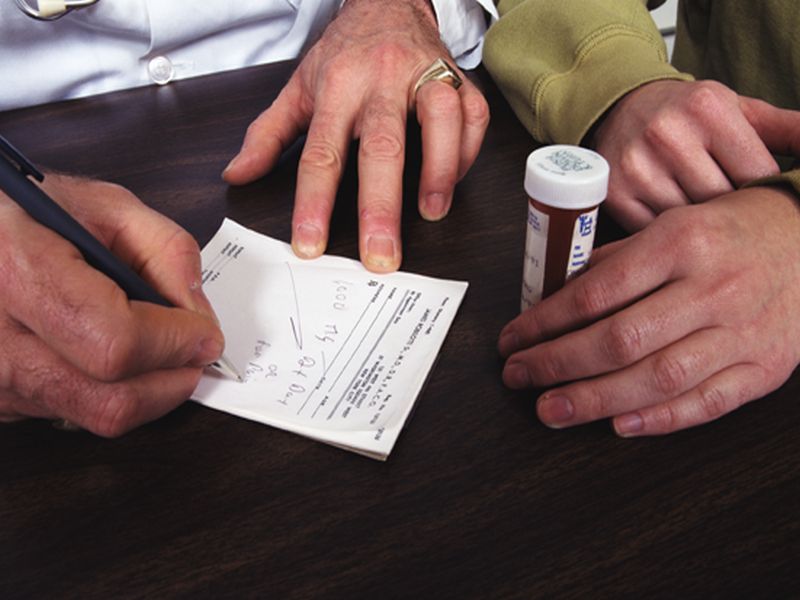Doctors More Cautious Now When Prescribing Opioids to Kids

MONDAY, Dec. 3, 2018 (HealthDay News) -- There's been a steady decline in opioid prescriptions for children and teens in the United States since 2012, a new study reveals.
"Understanding patterns of opioid use in children and adolescents is important because use in early life has been associated with a higher likelihood of opioid misuse in the future," said the study's first author, Joshua Gagne. He's with the division of pharmacoepidemiology and pharmacoeconomics at Brigham and Women's Hospital in Boston.
Prior studies found that the rate of hospitalizations due to opioid poisonings nearly doubled among American children and adolescents between 1997 and 2012.
"We sought to examine more recent opioid prescribing trends in younger populations as this age group has been consistently understudied," Gagne said in a hospital news release.
The researchers examined 2004-2017 data from a commercial insurance provider. They found that in 2004, an average of 3 in every 1,000 children under age 18 had received an outpatient opioid prescription in a given month.
Between 2009 and 2012, that rose to 4 in 1,000. By 2017, however, the number had dropped to 2 per 1,000 children, according to the study.
"These results show that prescription opioids dispensed to children and adolescents have been decreasing since 2012," the study authors wrote.
"Despite the downward trends for opioid prescriptions, the frequency of opioid use remains high given the risks associated with these medications in younger populations," the researchers concluded.
The study was published online recently in the journal JAMA Pediatrics.
More information
The American Academy of Pediatrics has more on opioids.

The news stories provided in Health News and our Health-E News Newsletter are a service of the nationally syndicated HealthDay® news and information company. Stories refer to national trends and breaking health news, and are not necessarily indicative of or always supported by our facility and providers. This information is provided for informational and educational purposes only, and is not intended to be a substitute for medical advice, diagnosis, or treatment.

